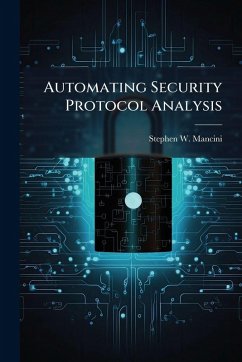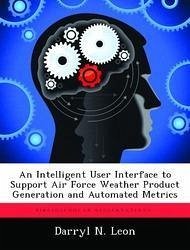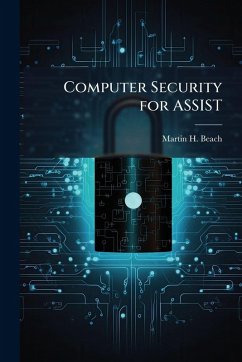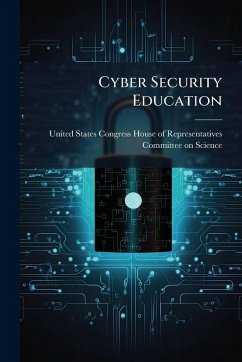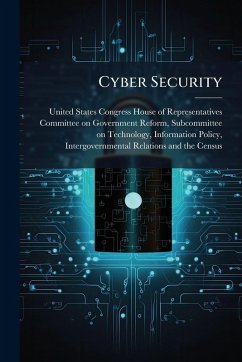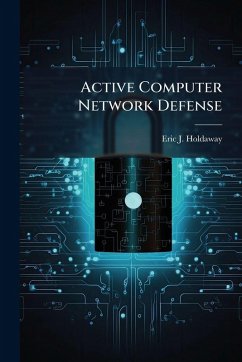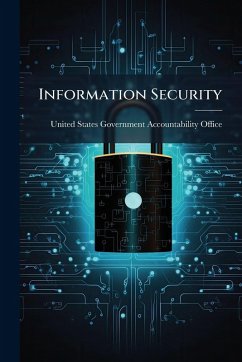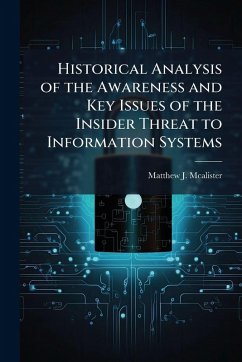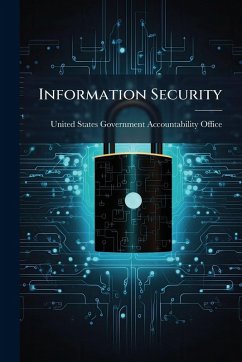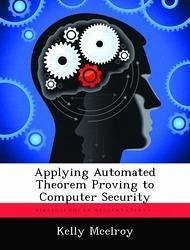
Applying Automated Theorem Proving to Computer Security
Versandkostenfrei!
Versandfertig in über 4 Wochen
17,99 €
inkl. MwSt.

PAYBACK Punkte
9 °P sammeln!
While more and more data is stored and accessed electronically, better access control methods need to be implemented for computer security. Formal modelling and analysis have been successfully used in certain areas of computer systems, such as verifying the security properties of cryptographic and authentication protocols. However, formal models for computer systems in cyberspace, like networks, have hardly advanced. A highly regarded graduate textbook cites the Take-Grant model created in 1977 as one of the "current" examples of security modelling and analysis techniques. This model is rarely...
While more and more data is stored and accessed electronically, better access control methods need to be implemented for computer security. Formal modelling and analysis have been successfully used in certain areas of computer systems, such as verifying the security properties of cryptographic and authentication protocols. However, formal models for computer systems in cyberspace, like networks, have hardly advanced. A highly regarded graduate textbook cites the Take-Grant model created in 1977 as one of the "current" examples of security modelling and analysis techniques. This model is rarely used in practice though. This research implements the Take-Grant Protection model's four de jure rules and Can Share predicate in the Prototype Veri cation System (PVS) which automates model checking and theorem proving. This facilitates the ability to test a given Take-Grant model against many systems which are modelled using digraphs. Two models, one with error checking and one without, are created to implement take-grant rules. The rst model that does not have error checking incorporated requires manual error checking. The second model uses recursion to allow for the error checking. The Can Share theorem requires further development. This work has been selected by scholars as being culturally important, and is part of the knowledge base of civilization as we know it. This work was reproduced from the original artifact, and remains as true to the original work as possible. Therefore, you will see the original copyright references, library stamps (as most of these works have been housed in our most important libraries around the world), and other notations in the work. This work is in the public domain in the United States of America, and possibly other nations. Within the United States, you may freely copy and distribute this work, as no entity (individual or corporate) has a copyright on the body of the work. As a reproduction of a historical artifact, this work may contain missing or blurred pages, poor pictures, errant marks, etc. Scholars believe, and we concur, that this work is important enough to be preserved, reproduced, and made generally available to the public. We appreciate your support of the preservation process, and thank you for being an important part of keeping this knowledge alive and relevant.



